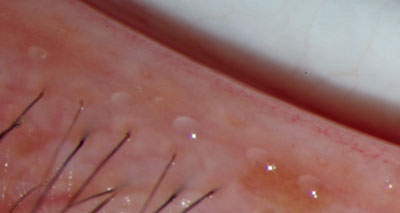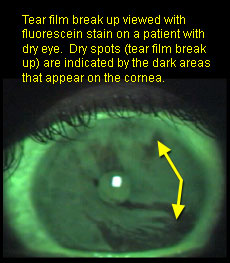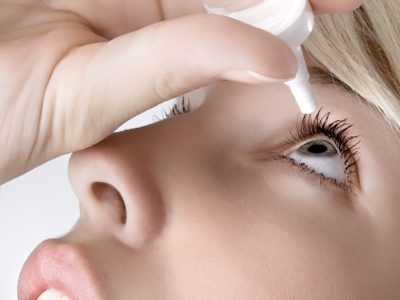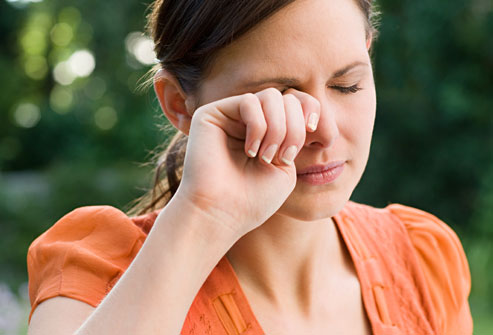Many people living in this era of digital devices experience eye discomfort at some point. One reason…inadequate blinking. That’s right – when using a digital device you blink 50% less, that means your eye’s surface is expose 50% longer during your waking hours. Imagine walking around all day with your mouth wide open!
We spend countless hours on the computer, smartphones, smart watches…. for both work and leisure. At home we play video games and use smart phones, read and watch television. All of these activities are proven to decrease our blink rate in half. If we don’t blink as many times per minute the surface of our eyes experience dry spots.
When we are exposed to this repeatedly our eyes give us warnings signs:
- Burning
- Grittiness
- Redness
- Fatigue
- Blurred vision — this type of blurred vision is variable – think blurry then clear
- Even Watering — wait…watering of my eyes means they are dry – now I’m confused?
Why? to warn us and to get us to either blink, rub the eyes or use an eye drop for relief. Have you been there?
So here’s what’s going on inside your eyelids with your blinking that makes the “water” layer of the tears stay on the eye’s surface long enough to prevent evaporation.
Meibomian Glands: There are about 50-60 oil glands lining the upper and lower eyelid margin that with each blink secrete and thin oil onto the eyes surface. This oil provides a barrier to the outside world that prevents quick evaporation.
Normal meibomian gland secretions are thin and clear. It resembles olive oil.
For many reasons age, hormonal changes, medications, certain medical conditions, environment and our activities the secretions from these glands change over time. It becomes thick and cloudy. As this occurs it is much harder for the oil to be pushed out with our blink. Also, it has a lot of inflammatory particles that becomes more irritating to the eye’s surface. This increases evaporation of the moisture and our eyes dry out faster during the day.
What evaporation looks like during your eye exam:
Unhealthy secretions
If left untreated the secretions can become very thickened and the consistency of toothpaste. This is very irritating to our eyes.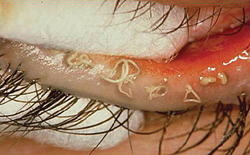
The most surprising thing to me as your eye care provider is that this process is usually very advanced before you come into the office with complaints. My advice to you is if you have any discomfort after your work day, seek out a dry eye specialist in your area for an evaluation before you go to the drug store for one of the 50+ moisture drops on the market.


